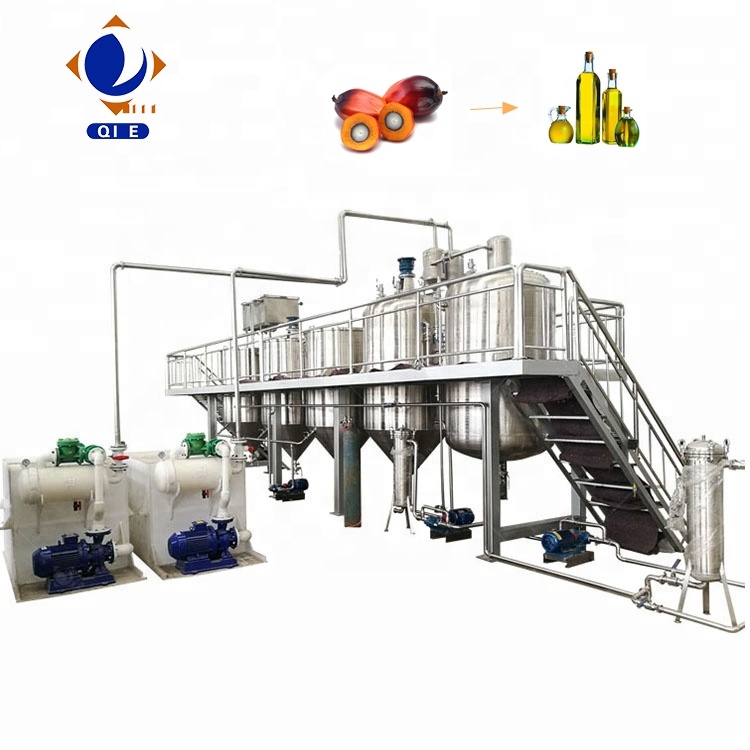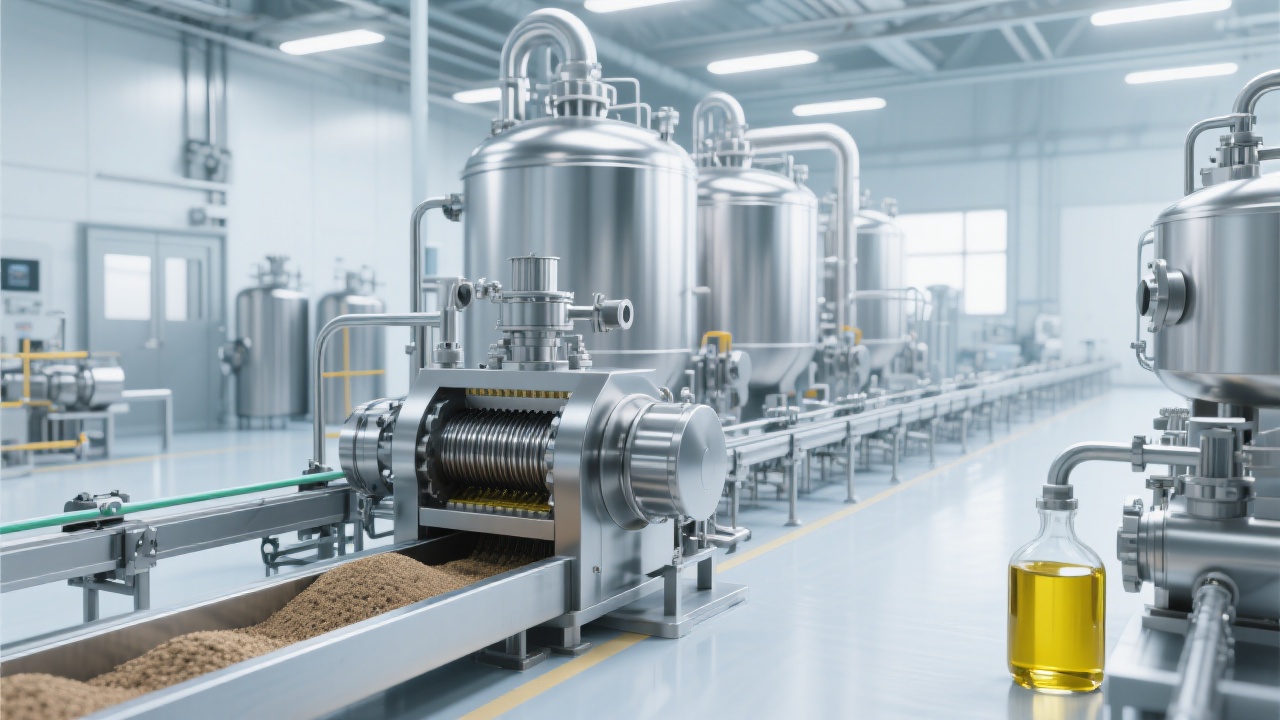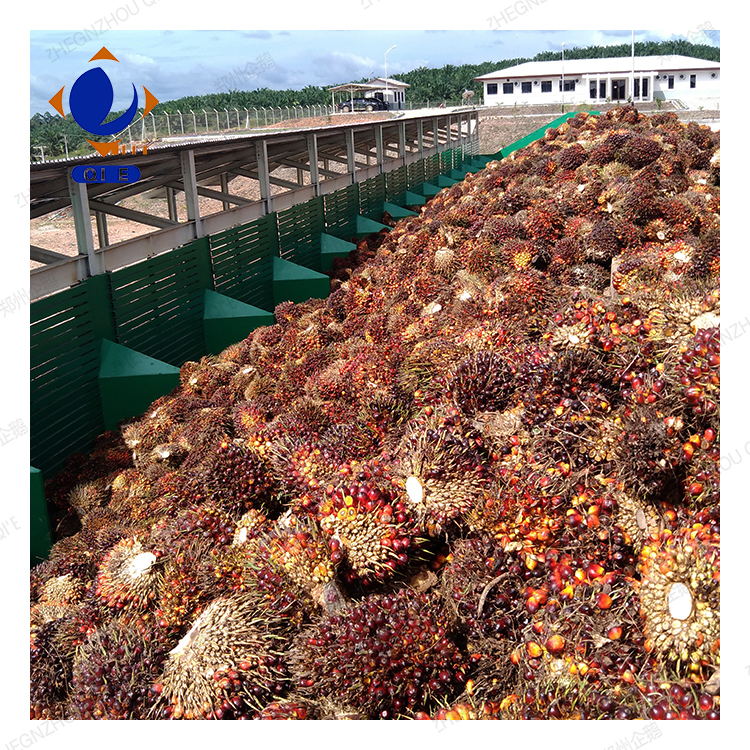
This article delves deep into the core technological processes of the small - scale palm oil refining production lines of Penguin Group. It comprehensively covers every step in the palm oil refining production line, from the extraction of palm oil to its final deodorization, providing in - depth analysis of the technical parameters and their impact on oil quality and production volume.

The first step is palm fruit pressing. The pressure during the pressing process is a crucial factor. Generally, a pressure range of 10 - 15 MPa can ensure a high oil extraction rate, usually reaching about 20% - 25% of the palm fruit weight. After pressing, the crude oil needs to be filtered. A high - precision filter can effectively remove impurities, with a filtration efficiency of over 95%, which greatly improves the clarity of the crude oil.
Refining is a key step to improve oil quality. Through processes such as degumming, deacidification, and bleaching, the content of phospholipids, free fatty acids, and pigments in the oil can be significantly reduced. For example, the degumming process can reduce the phospholipid content from about 0.5% - 1% to less than 0.05%. Deodorization is the final step to remove odorous substances from the oil. Under a vacuum of about 0.1 - 0.5 kPa and a temperature of 200 - 240°C, the odor removal rate can reach over 90%.

Combined with real - world cases, different equipment selection and production line layout plans are provided according to the production capacity requirements of small and medium - sized enterprises. For enterprises with a daily production capacity of 10 - 50 tons, relatively compact and cost - effective equipment can be selected. For example, a small - sized screw press and a plate - and - frame filter can meet the production needs.
In the production line layout, it is necessary to consider the smooth flow of materials and the convenience of operation. For example, arranging the pressing equipment close to the raw material storage area can reduce the transportation distance of palm fruits, while placing the refining and deodorization equipment in a relatively independent area can facilitate the control of the process environment.
To enhance the professionalism of the content and users' understanding, a graphic - rich technical guide has been created. This guide details the operating procedures and key points of each process, making it easier for users to master the core technologies of palm oil refining.
An interactive Q&A section has also been introduced to address common technical problems in the industry. For example, questions such as "How to adjust the temperature during the deodorization process?" and "What is the best filtration medium for crude oil?" are frequently asked. By answering these questions, user engagement and stickiness are effectively enhanced.

The industry is constantly evolving, with new technologies and standards emerging. Therefore, continuous attention is paid to the latest technological trends and relevant standards and regulations in the industry. By regularly updating the content, it is ensured that the information provided is authoritative and forward - looking, helping enterprises to keep up with the pace of the industry.
Penguin Group's palm oil refining production line equipment has many advantages. With advanced technology and stable performance, it can effectively help enterprises improve production efficiency and reduce production costs. For example, the intelligent control system of the equipment can accurately adjust various process parameters, ensuring the stability of oil quality and production volume.
If you are looking for high - quality palm oil refining solutions, explore Penguin Group's advanced equipment now and take your palm oil production to the next level.











